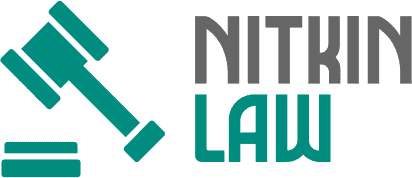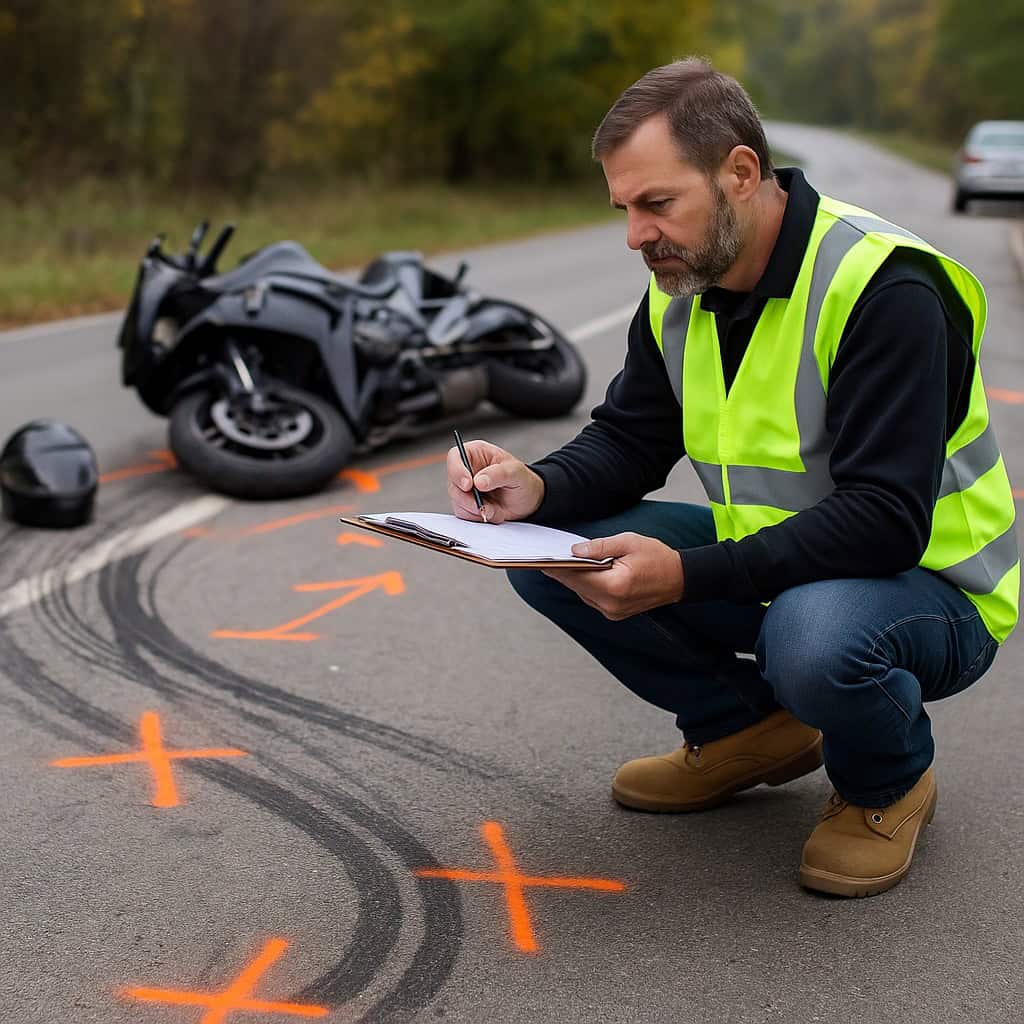A fatal collision is an event that rips through the fabric of ordinary life, leaving behind a profound chasm of grief and confusion. For the families left in its wake, the immediate aftermath is a raw landscape of unimaginable loss, sorrow, and disorientation. Beyond the searing emotional toll, however, these tragic incidents immediately plunge survivors into an equally daunting and complex legal landscape. What follows is not just a period of mourning, but an intricate process of seeking answers, accountability, and ultimately, a path to financial stability for those left behind.
Navigating this unforeseen legal terrain amidst profound personal suffering requires both resilience and a deep understanding of the mechanisms designed to provide resolution. This article will explore the legal intricacies involved in securing compensation after such a devastating event.
Defining Fatal Collision Cases: The Realm of Wrongful Death
In the eyes of the law, a fatal collision often transforms into what is known as a “wrongful death” claim. This legal concept extends the right to seek damages to specific surviving family members or beneficiaries when a person’s death is caused by the negligent, reckless, or intentional act of another party. Unlike a personal injury claim, which compensates an injured individual for their suffering and losses, a wrongful death claim seeks to recover compensation for the losses experienced by the deceased’s loved ones due to their passing. It acknowledges that the ultimate injury—loss of life—has ripple effects that devastate an entire family unit. Establishing a wrongful death claim requires proving the same elements of negligence that apply to other injury cases, but with the added layer of demonstrating how the fatality directly resulted from the at-fault party’s actions or inactions. For families grappling with such a profound loss, particularly after incidents like a tragic motorcycle accident, consulting an Austin motorcycle accident attorney can be a crucial first step in understanding their legal rights and avenues for justice.
Establishing Liability: Proving Negligence and Causation
The cornerstone of any successful fatal collision case lies in meticulously establishing liability, which fundamentally means proving negligence on the part of the at-fault party. This intricate process involves demonstrating that the responsible party owed a duty of care to the deceased, breached that duty through their actions or inactions, and that this breach directly caused the fatal incident.
A thorough investigation is paramount and typically includes these critical steps:
- Securing Official Reports: Immediately obtaining police and accident reports, which provide a foundational account of the incident.
- Gathering Scene Evidence: Collecting all available photographic and video documentation from the scene, including surveillance or dashcam footage.
- Interviewing Witnesses: Identifying and obtaining detailed statements from any eyewitnesses who can corroborate the events.
- Engaging Experts: Hiring accident reconstruction specialists to analyze crash dynamics, vehicle speeds, and contributing factors using scientific principles.
- Preserving Vehicle Data: Examining the vehicles involved for evidence, including data from event data recorders (“black boxes”).
- Identifying All Liable Parties: Investigating beyond the driver to determine if employers, vehicle manufacturers, or other entities share responsibility.
This meticulous evidence-gathering process is a crucial step in building a comprehensive and compelling case for compensation.
Unique Challenges in Vehicle-Related Fatalities
Fatal collisions involving different vehicle types present unique legal and investigative complexities. When a large commercial truck is involved, the aftermath extends beyond the individual driver to encompass complex federal and state regulations governing trucking companies, vehicle maintenance, driver hours, and cargo loading. Proving negligence often involves scrutinizing corporate policies, driver logs, and maintenance records, requiring the specialized knowledge of an Austin truck accident lawyer who understands this distinct legal framework.
Similarly, fatal motorcycle accidents introduce their own set of challenges. Motorcyclists are often perceived differently on the road, and biases can influence initial accident reports or jury perceptions. Proving fault in these cases frequently relies on demonstrating the other driver’s failure to see or yield to the motorcycle, necessitating detailed accident reconstruction and a clear presentation of facts. An experienced Austin motorcycle accident attorney understands these nuances, advocating against bias and ensuring the unique vulnerabilities of motorcyclists are understood in court.
Wrongful Death Claims: Who Can Sue and What Can Be Claimed
The legal right to file a wrongful death claim is typically restricted to specific surviving family members or the personal representative of the deceased’s estate, varying by state law. The purpose of such a claim is to recover damages that compensate for both the tangible and intangible losses suffered due to the untimely death.
| Who Can File a Claim | Type of Damages | Specific Examples of What Can Be Claimed | Purpose of Compensation |
| Spouses, children, parents, or the personal representative of the estate (varies by state). | Economic Damages | Medical expenses incurred before death, funeral and burial costs, lost earning capacity, and the value of lost benefits or services. | To cover the tangible, quantifiable financial losses that resulted directly from the death. |
| Spouses, children, parents, or the personal representative of the estate (varies by state). | Non-Economic Damages | The family’s grief, mental anguish, pain and suffering, and the loss of companionship, comfort, and guidance. | To compensate for the profound, intangible personal and emotional losses suffered by surviving family members. |
For families in Texas facing such a profound loss, an Austin wrongful death lawyer plays a critical role in evaluating the full scope of damages and asserting their legal rights to comprehensive compensation.
The Legal Process: From Investigation to Resolution
The legal journey following a fatal collision is a structured, multi-stage process designed to achieve justice and compensation. It typically begins with an initial consultation, where the attorney gathers facts and assesses the viability of a claim. For families grieving an unimaginable loss, seeking guidance from an Austin wrongful death lawyer at this stage is crucial. This moves into a comprehensive investigation, often involving accident reconstructionists, medical experts, and financial analysts to build a robust case. Once sufficient evidence is compiled, a formal lawsuit may be filed. The “discovery” phase then ensues, where both sides exchange information through depositions, interrogatories, and requests for documents. Throughout this, negotiations with insurance companies are ongoing, often leading to mediation or arbitration in an attempt to settle outside of court. If a fair settlement cannot be achieved, the case proceeds to trial, where a jury or judge will ultimately decide liability and damages. This methodical progression ensures that all facts are presented, and opportunities for resolution are thoroughly explored.
Conclusion
Fatal collision cases represent the intersection of profound personal tragedy and intricate legal procedure. While no amount of compensation can ever truly alleviate the immense grief and void left by a loved one’s passing, the legal process exists to provide a measure of justice and vital financial support for surviving family members. Navigating the complexities of liability, understanding specific vehicle dynamics, and accurately assessing damages requires not only legal acumen but also a compassionate understanding of the human element involved. The journey from initial devastation to a just resolution is long and demanding, filled with legal hurdles and emotional challenges. For those left to pick up the pieces, the guidance of experienced legal professionals becomes indispensable, offering a steady hand through the legal maze and advocating tirelessly to secure the accountability and compensation necessary to begin rebuilding their lives.


